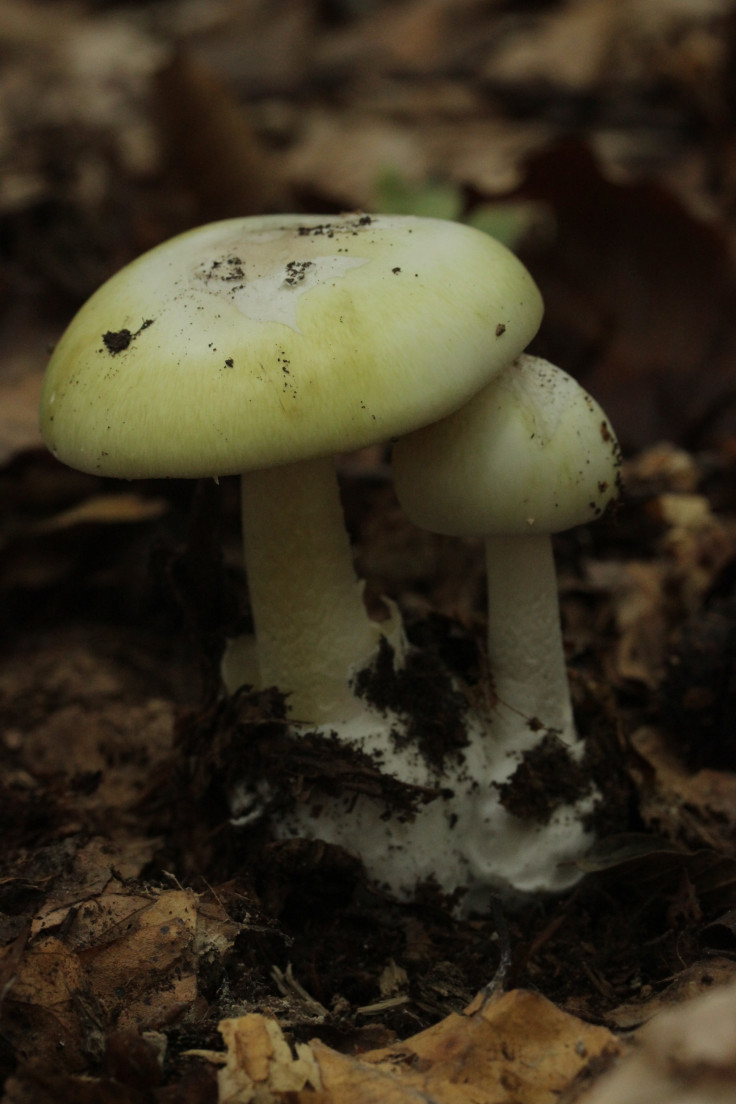Woman Who Served Poisonous Mushrooms To In-Laws Charged With Three Murders
Meanwhile, the woman has denied any wrongdoing, stating that she "had absolutely no reason to hurt" these people.

A 49-year-old Australian woman, Erin Patterson, has been charged with multiple counts of murder and attempted murder for allegedly poisoning her former in-laws and others.
The incident took place in July this year at her house in Leongatha, 110 kilometres (70 miles) southeast of Melbourne. Patterson served mushrooms as part of a beef Wellington dish to her former parents-in-law, Don and Gail Patterson, and to local Baptist pastor Ian Wilkinson and his wife, Heather.
The four of them were soon taken to the hospital with food poisoning symptoms, and within a week, three of them died. Only Pastor Wilkinson survived after spending two months in a hospital.
A toxicology report later revealed that their symptoms were consistent with those caused by eating death cap mushrooms.
Her former husband was also invited to the dinner, but he had to cancel the plan at the last minute, according to a BBC report.
Along with the three murder charges, Patterson has been charged with attempted murder in two separate incidents that took place in 2021–22, according to police.
In addition to these five charges, she has also been charged with three counts of attempted murder in three other cases. However, the police have not given any details about the aforementioned incidents.
Police in Australia have arrested a 49-year-old woman following a meal which left three people dead.
— Standard News (@standardnews) November 2, 2023
https://t.co/7rx6hkKj1l
It is alleged that a 48-year-old man became ill after having meals served by the suspect between 2021 and 2022 in one of these three incidents. Meanwhile, Patterson had denied any wrongdoing, stating that she "had absolutely no reason to hurt these people whom I loved".
"I am now devastated to think that these mushrooms may have contributed to the illness suffered by my loved ones," she said in a statement provided to Australian media at the time.
🎥 An Australian woman has been charged with murder over a death cap mushroom beef wellington that killed three people pic.twitter.com/BOd69u9DIS
— The Standard (@EveningStandard) November 2, 2023
"I really want to repeat that I had absolutely no reason to hurt these people whom I loved".
Death cap mushrooms, which originated in the UK and Ireland, are easily found in warm parts of Australia. They can be mistaken for edible mushrooms. However, they are sweeter than other types of mushrooms.
According to the US Centers for Disease Control and Prevention (CDC), most mushroom deaths across the world are caused by death cap mushrooms. They have a greenish appearance and have white gills underneath. These mushrooms have enough poison in the cap alone to kill two people.
Last year, a mother and son in Massachusetts, USA, had a near-death experience after they ate highly toxic "death cap" mushrooms foraged from a friend's backyard.
Kai Chen, 27, and his mother, Kam Look, 63, were out collecting mushrooms when they stumbled upon mushrooms that looked similar to the ones they had eaten in Malaysia.
The pair took the mushrooms home and cooked them for dinner, thinking they would be fine to consume. However, the duo started feeling unwell soon after their meal. They had symptoms similar to extreme food poisoning.
They reportedly managed to drive themselves to Cooley Dickinson Hospital in Northampton. The pair needed special intervention due to their deteriorating condition. A toxicology expert confirmed mushroom poisoning.
Their medical tests revealed that the duo had life-threatening liver damage, which has a 30–50% death rate. The doctors had to fly in an experimental new drug from Philadelphia in an attempt to save the pair.
Chen was released from the hospital a few days later; however, his mother's condition was much worse. She needed liver transplant surgery and was put on the liver transplant list immediately.
She was fortunate enough to have found a liver within days of being put on the list. The surgery was successful, but it took her weeks to recover.
Death cap mushrooms can cause severe damage to the liver and kidneys. They contain a unique set of toxins called amatoxins. These toxins prevent the cells from creating proteins, which eventually leads to organ failure, writes National Geographic.
Cooking at extremely high temperatures also does not help break down the toxins present in these mushrooms. It is also difficult to differentiate between a death cap mushroom and an edible one. They also do not give any particular smell, and they look similar to any other edible variety.
© Copyright IBTimes 2025. All rights reserved.






















